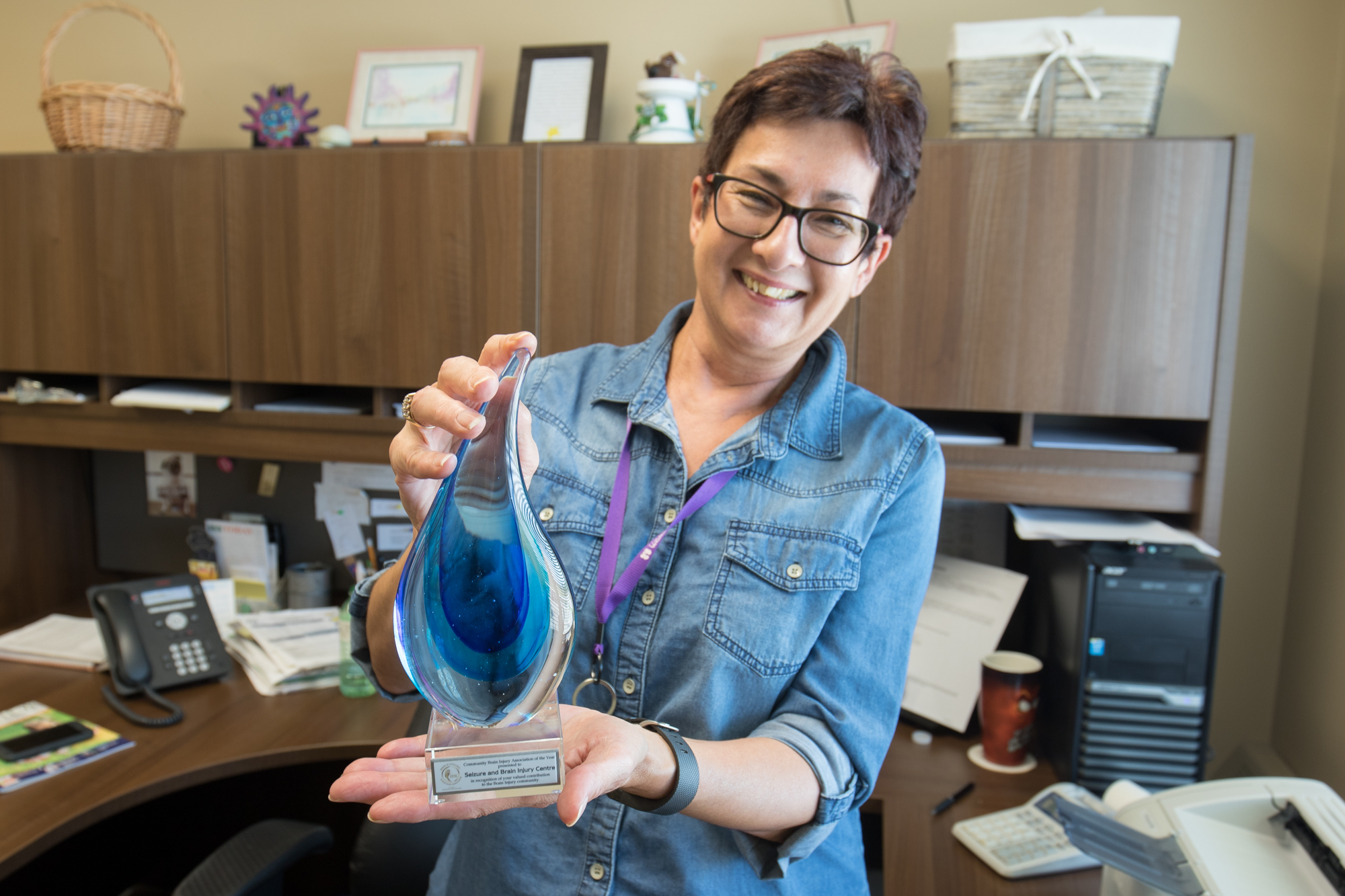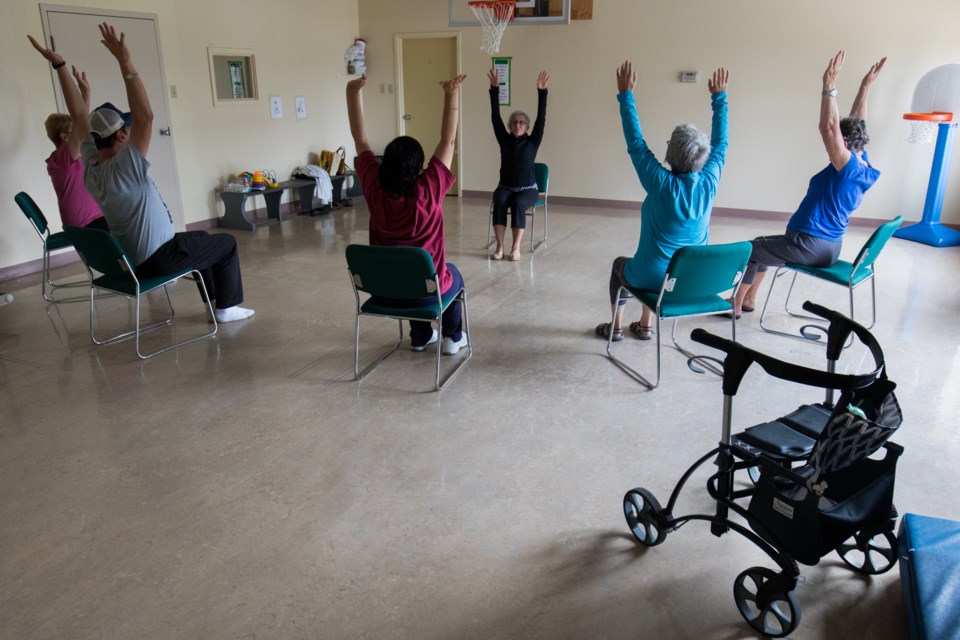Robert James had just turned 25 when he collapsed on the floor in a pool of blood.
He had suffered a brain aneurysm while stocking shelves at work. As a result, he lost a lot of his memory, his ability to work, and his wife.
Karen Monocion was in a motorcycle accident that left her in a perpetual state of “spaceyness”.
In the last seven years she said she’s only had six or seven clear days, which in some ways only deepens her sadness because they remind her of what she lost.
When Tammie Swain was six months old, she was treated for an allergy to chicken pox and her body became infected, possibly from a dirty needle.
Her brain has never operated at full capacity as a result.
Richard Cecchenie was born deaf and mute, but after he was assaulted by teenagers who left him on a dirt road, he lost the majority of his ability to use sign language.
Ted Prest had a motorcycle injury in the 80s.
After remaining unconscious in the hospital for three months, he woke up but lost most of his ability to work and suffers from frequent seizures.
These are just some of the stories of the people who are being helped by the Seizure & Brain Injury Centre (SBIC) in Timmins.
Last week, the centre was selected as the Community Brain Injury Association of the Year by the Ontario Brain Injury Association.
 Seizure & Brain Injury Centre executive director Rhonda Latendresse displays a recent trophy given to the centre for being the top Community Brain Injury Association in Ontario. Jeff Klassne/TimminsToday
Seizure & Brain Injury Centre executive director Rhonda Latendresse displays a recent trophy given to the centre for being the top Community Brain Injury Association in Ontario. Jeff Klassne/TimminsTodaySBIC provides a plethora of services for those affected by epilepsy and a wide range of brain injuries.
“(Our clients) can have brain injuries developed from an assault, infections, brain tumors, strokes, aneurysms, and motor vehicle accidents, which is a is a big one. A number develop seizure disorders from a brain injury or they get a brain injury that’s a result of hitting their head during a seizure,” said the centre’s executive director Rhonda Latendresse.
SBIC sets up their clients with a range of social programming and services.
Their weekly calendar includes several mall walks, bowling trips, movie nights, arts and crafts, scrapbooking, yoga classes, computer courses, and in October a swimming course is starting up.
The centre also facilitates support networks like their e-mail- or telephone-based peer support network or two men’s support groups run out of the hospital and Golden Manor.
Four times a year, they also run a clinic with a neurologist who specializes in epilepsy.
Such a wide-range of programming can be difficult to facilitate with a diverse group, said Latendresse.
“Some people have lost the ability to carry on a conversation. Their executive function goes, and they become impulsive or they can’t reason. Impulsivity is a big one and so is fatigue — they always feel like their brain is in a fog,” said Latendresse.
The centre has about 30 clients that show up to weekly programming and around 12 that use the support groups.
Activities are designed to be able to accommodate a wide range of capabilities.
For example, the SBIC’s yoga class is mostly done sitting down so that even people in wheelchairs can participate.
Latendresse said the job keeps her and her staff on their toes.
“There’s never a dull a moment. Something interesting happens everyday with our clients. We all get a personal satisfaction of making a difference in people's lives.”



